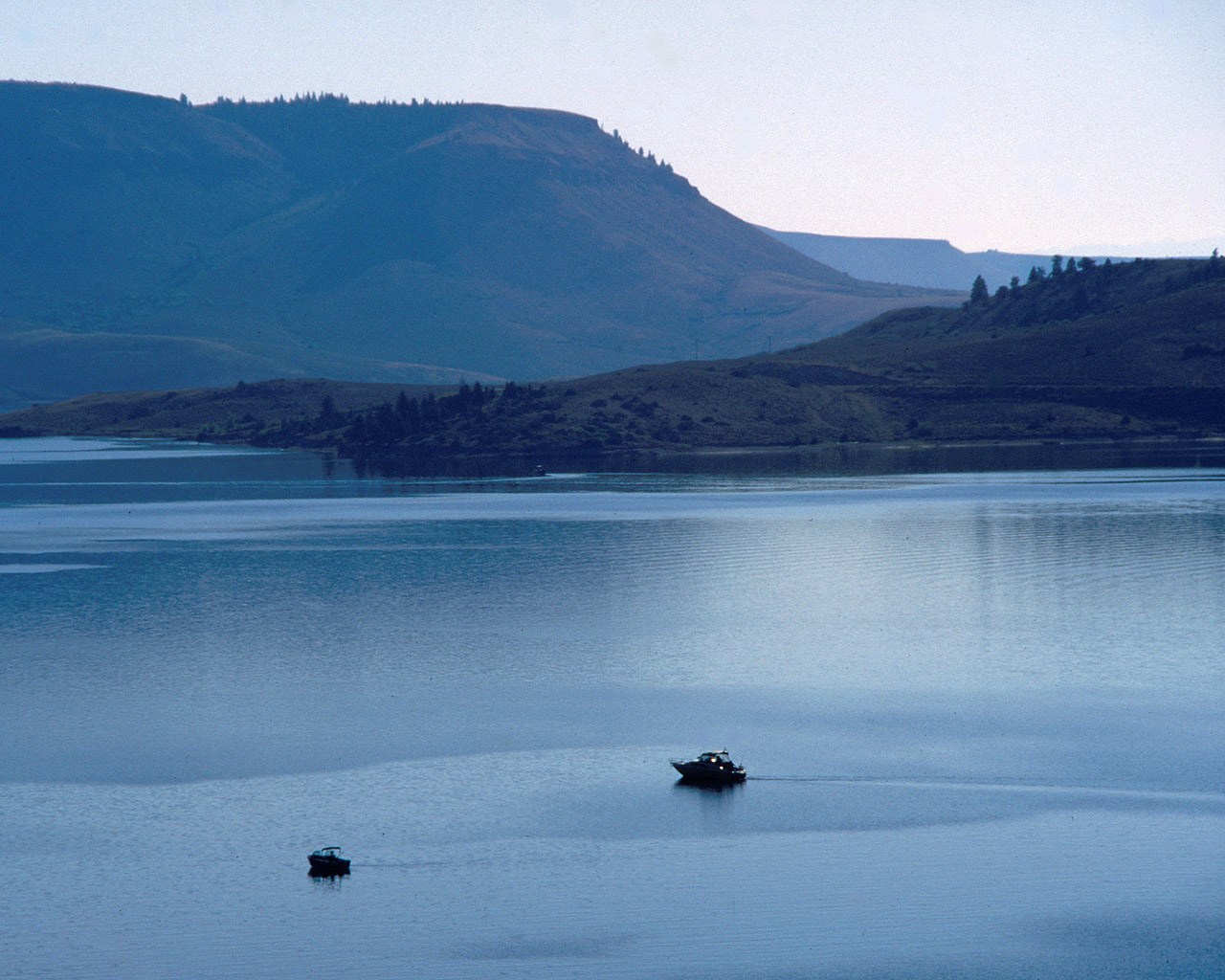Last updated: May 20, 2025
Article
Prevention: The Successful Treatment for Invasive Mussels

NPS/Lynch
Have you ever celebrated something not happening? Like, Yay, I didn’t get in a traffic accident today! Or Woohoo, I didn’t lose a $20 bill today. Or sweet! I didn’t spill coffee on myself this morning.
It sounds strange, but that’s exactly what staff at Curecanti National Recreation Area in Colorado are doing: They’re celebrating the fact that quagga or zebra mussels have not infested Blue Mesa, Colorado’s largest reservoir. This non-event is worthy of celebration because 1) invasive mussels are incredibly disruptive to our natural areas and 2) their non-invasion is due to a lot of cooperation and coordination among several agencies.
Colorado Parks and Wildlife, the NPS, and other partners have worked side by side on the ramps, with monitoring, and at a policy level to keep Blue Mesa free of the invasive mussels. And for the last 10 years, this commitment has paid off. Since 2008, Curecanti National Recreation Area has instituted a prevention program, requiring all watercraft on Blue Mesa Reservoir be certified as zebra and quagga mussel-free.
Quagga and zebra mussels are bad news. Native to the Caspian, Black, and Azov seas of Eastern Europe, they’re out of place in the U.S., and they leave a trail of destruction everywhere they go. Shells of dead mussels litter up beaches and pose a threat to humans and wildlife, and young mussels attach to boat engines and clog up equipment. Once invasive mussels arrive in a new place, they’re nearly impossible to eradicate; prevention is the best solution to the invasive mussels epidemic. Managers estimate millions of dollars of damage if invasive mussels aren’t controlled. Read these 7 reasons we should be concerned about mussels.
Efforts in Parks
Ecologists discovered quagga and zebra mussels in the Great Lakes in the 1980s, but they hadn’t been confirmed west of the 100th Meridian until 2007. Some western national parks, including Glen Canyon and Lake Mead national recreation areas, have unfortunately confirmed the presence of invasive mussels, but staff in these parks cooperate with state agencies to contain the invaders. In fact, they’ve been recognized by the Colorado River Fish and Wildlife Council for their tireless efforts to contain the spread of zebra/quagga mussels.
The National Park Service works to manage invasive species in all of our parks, and in 2017 we reenergized that commitment with the Safeguarding the West from Invasive Mussels initiative. This plan has allowed more cooperation among national parks and state wildlife agencies to address invasive mussels. Several parks have put quagga/zebra mussel programs in place: Amistad National Recreation Area, Bighorn Canyon National Recreation Area, Grand Teton National Park, Glacier National Park, Lake Roosevelt National Recreation Area, and Yellowstone National Park.
We have the “Clean, drain, dry” campaign for boats, and NPS staff and partners take many other actions to manage invasive zebra and quagga mussels:
-
Improve traffic flow to make boat inspections easier and safer
-
Bring in extra lighting and staff for nighttime watercraft inspections
-
Coordinate messaging with state agencies
-
Work with professional fishing tournaments
-
Create new agreements with boat rental companies to improve mussel abatement
Everyone who spends time in NPS waters—swimming, boating, fishing—can play a role in protecting our waters from invasive zebra and quagga mussels. The prevention efforts at Curecanti National Recreation Area show that when we work together, we can stop the aquatic invaders.
